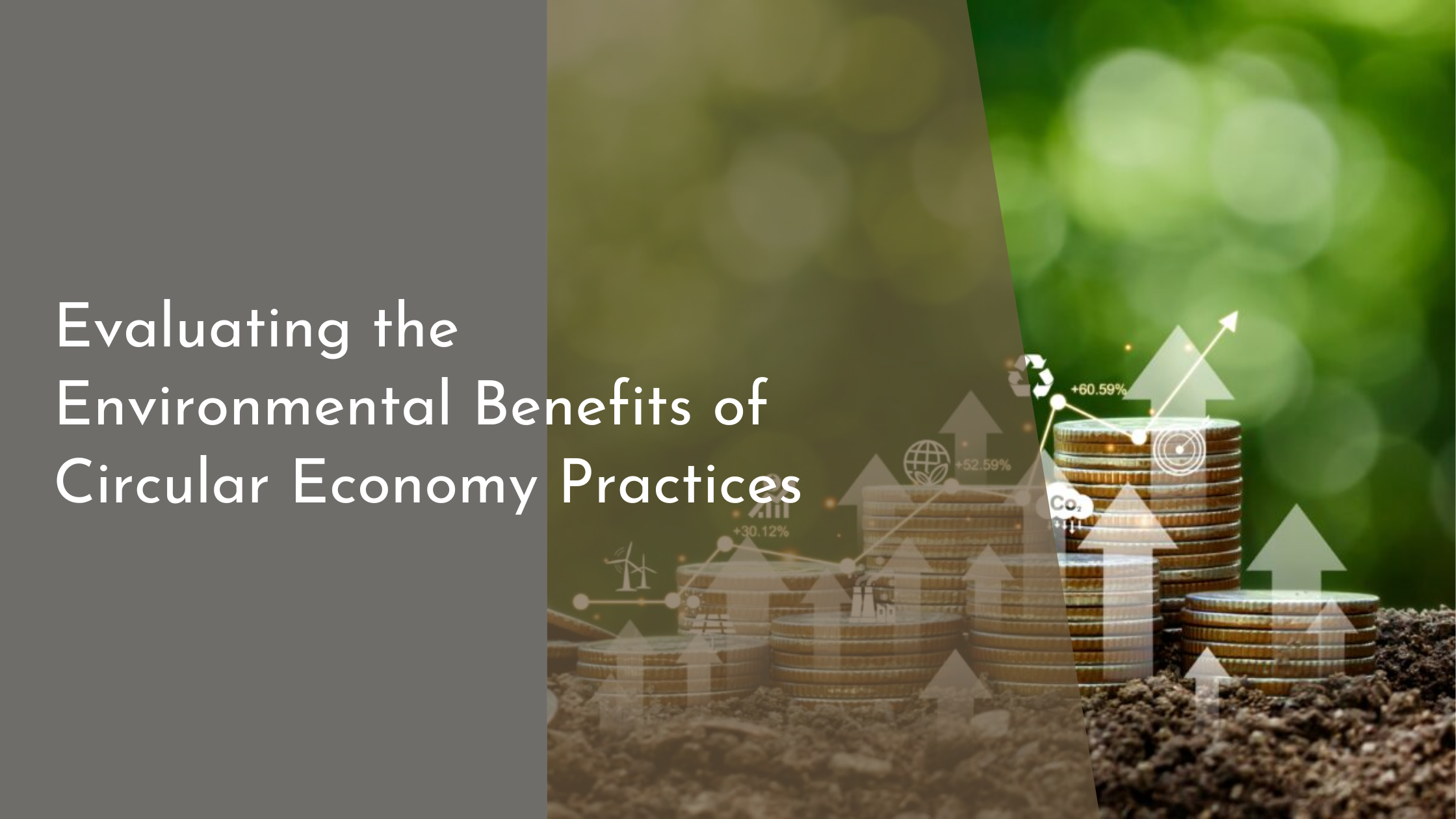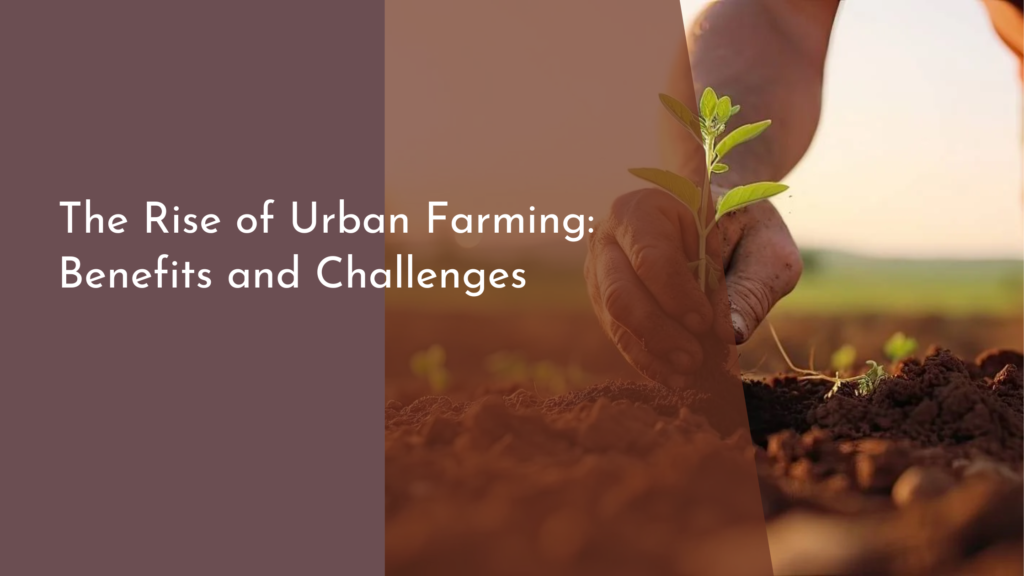Evaluating the Environmental Benefits of Circular Economy Practices
The concept of a circular economy has been gaining traction as businesses and policymakers seek sustainable alternatives to the traditional linear economic model, which is characterized by a ‘take, make, dispose’ approach. By promoting resource efficiency, reducing waste, and fostering innovative design, the circular economy aims to create a more sustainable system that benefits both the environment and the economy. This article delves into the environmental advantages of circular economy practices, explores real-world success stories, and evaluates the overall impact of these initiatives.
Understanding Circular Economy Concepts
At its core, the circular economy is an alternative economic model that emphasizes the continual use of resources. Unlike the linear model, which relies on the consumption and disposal of finite resources, the circular economy focuses on creating a closed-loop system where products and materials are reused, repaired, and recycled. This approach not only reduces waste but also minimizes the consumption of natural resources, leading to a significant decrease in environmental impact. By integrating principles such as eco-design, material recovery, and lifecycle thinking, the circular economy represents a paradigm shift towards sustainability.
Eco-design is a critical component of the circular economy, as it involves designing products with their entire lifecycle in mind. This means creating products that are easily disassembled, repaired, and upgraded, thus extending their lifespan and reducing the need for new materials. Additionally, the circular economy promotes collaboration and innovation among various stakeholders, including manufacturers, consumers, and policymakers. By fostering a culture of sustainability and encouraging the adoption of circular practices, this model holds the potential to transform industries and create a more resilient and environmentally conscious economy.
Key Environmental Benefits Explored
One of the primary environmental benefits of adopting circular economy practices is the significant reduction in waste. By designing products for durability, reusability, and recyclability, businesses can divert substantial amounts of waste from landfills and incineration facilities. This not only decreases the demand for landfill space but also reduces greenhouse gas emissions associated with waste decomposition and incineration. Moreover, by promoting the use of secondary raw materials, the circular economy lessens the need for virgin material extraction, which often leads to habitat destruction and loss of biodiversity.
In addition to waste reduction, the circular economy contributes to a decrease in pollution levels. As industries shift towards closed-loop systems, there is a marked reduction in air and water pollution resulting from manufacturing processes and waste disposal. By implementing cleaner production techniques and utilizing renewable energy sources, circular economy practices help to mitigate environmental contaminants, ultimately fostering healthier ecosystems. Collectively, these benefits highlight the potential of the circular economy to address pressing environmental challenges and promote a sustainable future.
Real-World Examples of Success Stories
There are numerous examples worldwide that showcase the successful implementation of circular economy practices. One of the most notable is the Ellen MacArthur Foundation, which collaborates with businesses and governments to accelerate the transition to a circular economy. Through initiatives focused on redesigning supply chains, enhancing material recovery, and fostering innovation, the foundation has driven significant progress in sectors such as fashion, food, and plastics. These efforts have led to improved resource efficiency, reduced environmental footprints, and increased awareness of circular economy principles across various industries.
Another success story is the city of Amsterdam, which has embraced circular principles to become a global leader in sustainable urban development. Amsterdam’s Circular Innovation Program focuses on transforming waste into valuable resources, promoting circular construction practices, and encouraging the reuse of materials in the built environment. As a result, the city has made considerable strides in reducing carbon emissions, conserving resources, and enhancing the overall quality of life for its residents. These real-world examples demonstrate the tangible benefits of circular economy practices and serve as an inspiration for other cities and organizations to follow suit.
Evaluating Impact and Looking Forward
Evaluating the impact of circular economy practices involves measuring various indicators, such as waste reduction, resource efficiency, and carbon footprint. Tools like Lifecycle Assessment (LCA) and Material Flow Analysis (MFA) provide valuable insights into the effectiveness of circular initiatives and help identify areas for improvement. By continuously assessing the environmental benefits of circular practices, businesses and policymakers can make informed decisions and refine strategies to maximize their positive impact on the planet.
Looking forward, the future of the circular economy appears promising as more organizations and governments recognize the value of sustainable practices. Advances in technology, such as digital tracking systems and innovative recycling methods, are expected to further enhance the efficiency of circular systems. Additionally, increased collaboration among stakeholders and the integration of circular principles into policy frameworks will be crucial in driving the widespread adoption of these practices. As society continues to embrace the circular economy, the potential for creating a more sustainable and equitable world becomes increasingly attainable.
The environmental benefits of circular economy practices are clear: from waste reduction and pollution mitigation to resource conservation and sustainable innovation, the circular economy offers a viable pathway to a greener future. As we learn from real-world success stories and continue to evaluate the impact of these initiatives, the potential for creating positive change becomes evident. By embracing circular principles and fostering collaboration across sectors, we can pave the way for a resilient and sustainable economy that respects our planet’s finite resources.


